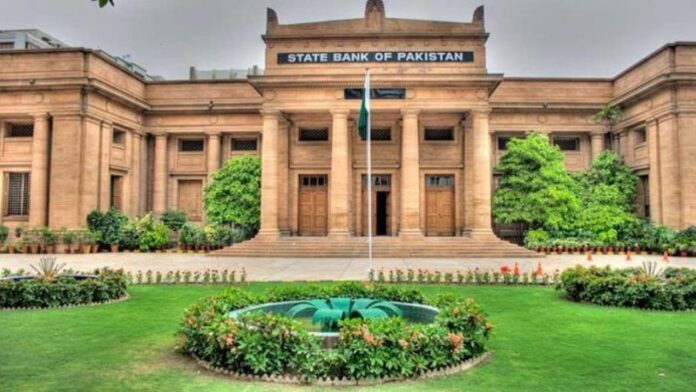The Monetary Policy Committee (MPC) of the State Bank of Pakistan is set to meet today to determine the future direction of the country’s monetary policy, including a potential revision of the benchmark interest rate. This decision comes amid growing pressure for a significant rate cut from various sectors.
The central bank confirmed the meeting schedule in a statement released yesterday, stating, “The committee will meet on Thursday, Sept 12, 2024, to decide on the monetary policy. A Monetary Policy Statement will be issued through a press release on the same day.”
Economic observers are closely monitoring the upcoming announcement, with reactions ranging from cautious optimism to strong demands for substantial reductions. While financial analysts anticipate a moderate rate cut, trade and industrial stakeholders are pushing for more aggressive action to stimulate economic growth.
Currently, the interest rate sits at 19.5%, while inflation for August was reported at 9.6%, resulting in a positive real interest rate of 10%. This gap has been a central point in calls for a considerable reduction in borrowing costs.
Most financial experts foresee a cut in the range of 150 basis points, with some predicting it could go as high as 200bps. However, industry leaders argue that a more substantial reduction—up to 500bps—would be necessary to accelerate economic activity.
A recent survey by Topline Securities highlighted that 98% of respondents expect the State Bank to lower the interest rate. Of those respondents, 85% are anticipating a cut exceeding 150bps, while 15% predict a reduction between 50 and 100bps. The firm shared a similar outlook, suggesting the likely outcome would be a 150bps cut, in contrast to the 100bps reduction in the previous monetary policy meeting.
AKD Securities echoed this sentiment, stating in a report, “We anticipate a 150bps rate cut, considering the higher real interest rates, the ongoing disinflationary trend, and sluggish economic activity.”
Throughout FY24, the State Bank had maintained the interest rate at a high of 22%. Over the past few months, however, the bank has implemented two successive rate cuts—150bps followed by 100bps—cumulatively reducing rates by 2.5 percentage points. Despite these adjustments, private sector voices continue to push for deeper cuts, pointing to the persistent gap between inflation and the interest rate.
The government, on the other hand, has made it clear that the recently secured $7 billion loan from the International Monetary Fund (IMF) is expected to be the last, assuming all IMF conditions are met.
Economic experts believe that the government’s messaging signals a tempered rate cut, likely no more than 200bps, as the central bank seeks to retain a buffer against inflationary pressures.
Earlier this year, the central bank struggled as inflation surged to 38%, despite multiple rate hikes. However, in recent months, inflation has sharply declined, providing the government with an opportunity to inject liquidity into the private sector and promote economic growth.
For FY25, the projected growth rate stands at 3.5%, an improvement from FY24’s 2.4%. Reducing the cost of borrowing is seen by experts as a critical step in driving private sector investment, boosting economic activity, and creating much-needed employment opportunities, particularly for the younger population seeking work abroad.





















